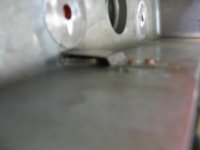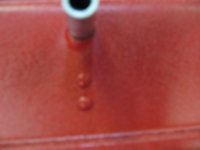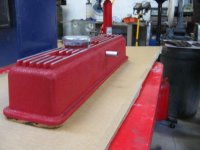Hello all,
I'm sure this has been asked multiple times. I am replacing my stock valve cover with a polished aluminum one. I plan to make an aluminum baffle and JB Weld it in to help prevent oil from ending up in the carbs. What valve cover gasket would you suggest? Most of the posts I have seen have suggested a silicone gasket; is this the only option or can a cork gasket be used? With either gasket should it be installed dry or should it installed using some kind of sealant or adhesive? My car does not have an egr valve so at least I don't have to deal with that being in the way.
Thanks,
Dan
I'm sure this has been asked multiple times. I am replacing my stock valve cover with a polished aluminum one. I plan to make an aluminum baffle and JB Weld it in to help prevent oil from ending up in the carbs. What valve cover gasket would you suggest? Most of the posts I have seen have suggested a silicone gasket; is this the only option or can a cork gasket be used? With either gasket should it be installed dry or should it installed using some kind of sealant or adhesive? My car does not have an egr valve so at least I don't have to deal with that being in the way.
Thanks,
Dan

 Hi Guest!
Hi Guest!

 smilie in place of the real @
smilie in place of the real @
 Pretty Please - add it to our Events forum(s) and add to the calendar! >>
Pretty Please - add it to our Events forum(s) and add to the calendar! >> 


